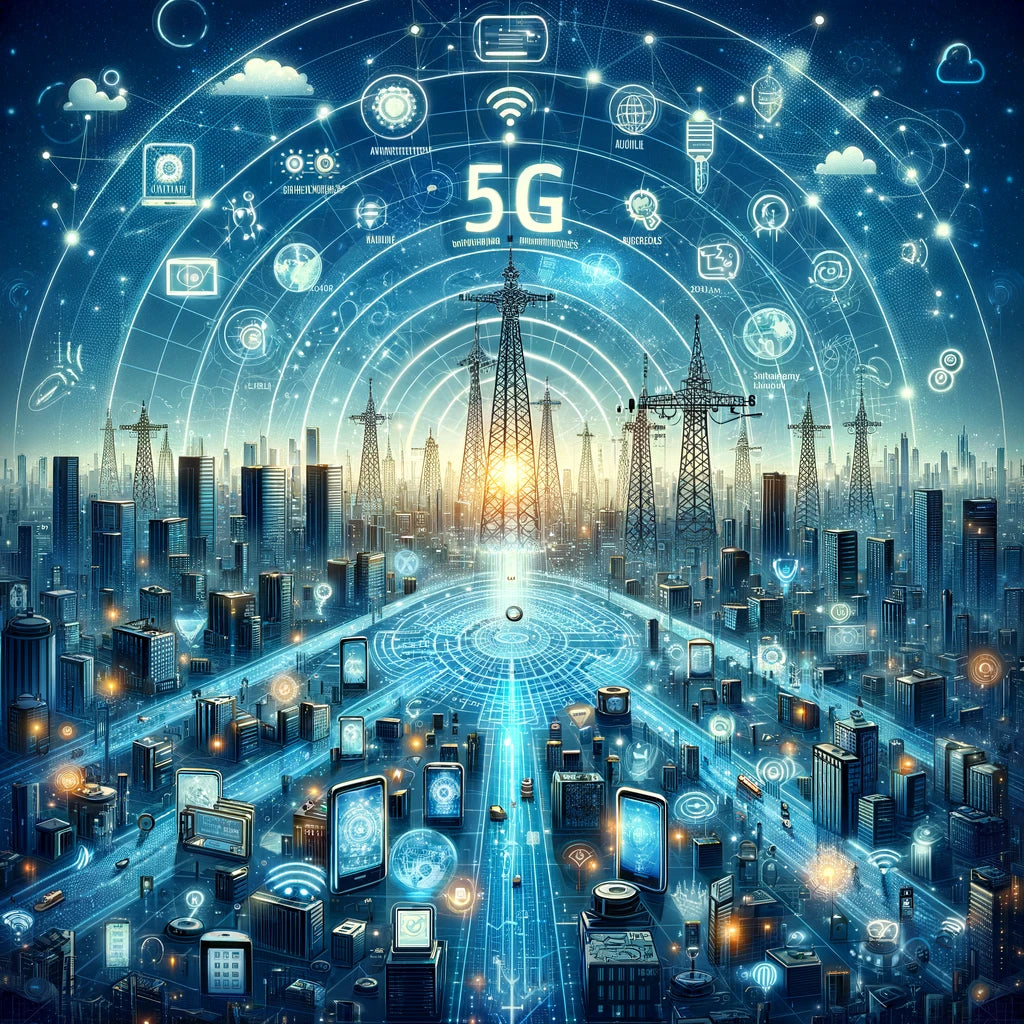| Key Takeaways |
| 1. 5G represents the fifth generation of cellular networks, promising faster speeds and more reliable connections. 2. The architecture of 5G includes a core network, distributed servers, and different types of small cells, supporting a variety of services. 3. 5G impacts devices by providing lower latency, increased download and upload speeds, and improved connectivity for a wide range of technologies. 4. 5G supports the Internet of Things (IoT) by connecting a large number of devices seamlessly. 5. It's important to upgrade devices and infrastructure to fully benefit from 5G capabilities. |
Understanding 5G: Its Architecture and Effects on Devices
5G stands for the fifth generation of cellular networks and it represents a significant leap forward from its predecessor, 4G. This latest technology is designed to provide faster speeds, lower latency, and more reliable connections on smartphones and other devices than ever before. As such, it holds the promise of transforming the way we live and work by enabling new technologies like autonomous vehicles, smart cities, and advanced virtual reality applications.
The Architecture of 5G
The architecture of 5G is fundamentally different from previous generations. It is designed to be more flexible and efficient, capable of supporting a multitude of connected devices. At the core of 5G architecture is the 5G Core (5GC), which allows for network slicing. This means the network can be partitioned into multiple virtual networks, allowing for the customized needs of different applications.
5G networks use a combination of macro cells and small cells to deliver service. Small cells are low-power base stations that cover small geographic areas. They are essential for providing the high capacity and high data rate required by 5G. Additionally, distributed servers across the network edge bring computing power closer to the user, reducing latency. This architecture supports not just mobile phones, but a wide array of devices and services, paving the way for innovations across industries.
Effects of 5G on Devices
The effects of 5G on devices are significant. Firstly, users will experience noticeably faster download and upload speeds. Where 4G offers speeds of around 20 Mbps, 5G promises to deliver speeds between 1 Gbps to 10 Gbps. This increase in speed means that high-definition videos can be downloaded in seconds and apps will be much more responsive.
Besides faster speeds, 5G also brings reduced latency. Latency is the time it takes for a device to send data to the network and receive a response. 5G aims to reduce this to as low as 1 millisecond. This is particularly important for applications requiring real-time feedback, such as gaming or remote surgeries.
Increased connectivity is another major benefit of 5G. It can connect more devices simultaneously, supporting the burgeoning Internet of Things (IoT). From smart home devices to industrial sensors, 5G will enable countless devices to connect seamlessly, making cities and homes smarter.
However, to fully take advantage of 5G, users and infrastructure must upgrade. Many current devices do not support 5G, meaning new devices are necessary to access the network. Likewise, mobile operators are in the process of updating their equipment to support 5G.
Conclusion
The introduction of 5G is set to revolutionize our digital world. With its advanced architecture, 5G promises to deliver unprecedented speeds, lower latency, and the ability to connect more devices than ever before. This will not only change the way we use our mobile phones but also enable a new wave of technology across various sectors. As we continue to adopt 5G, it will become increasingly important to ensure our devices and infrastructure are equipped to handle its capabilities.
Shop Logics Technology
